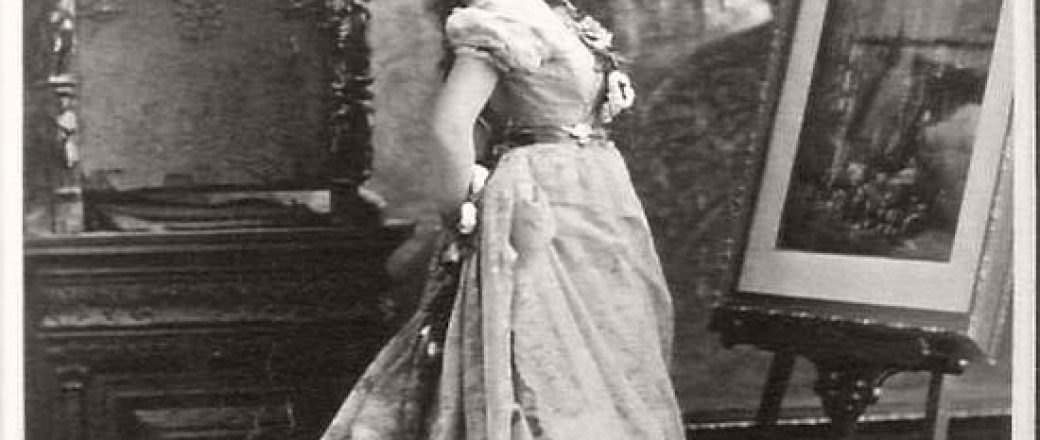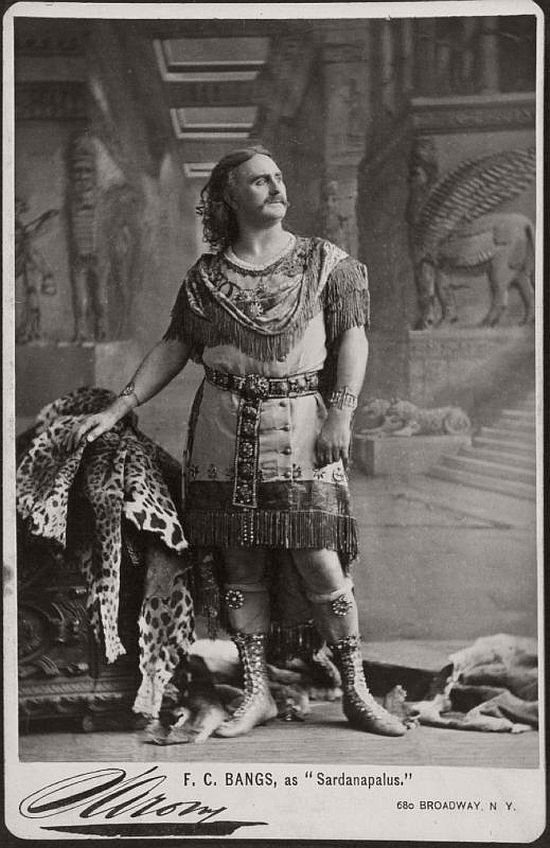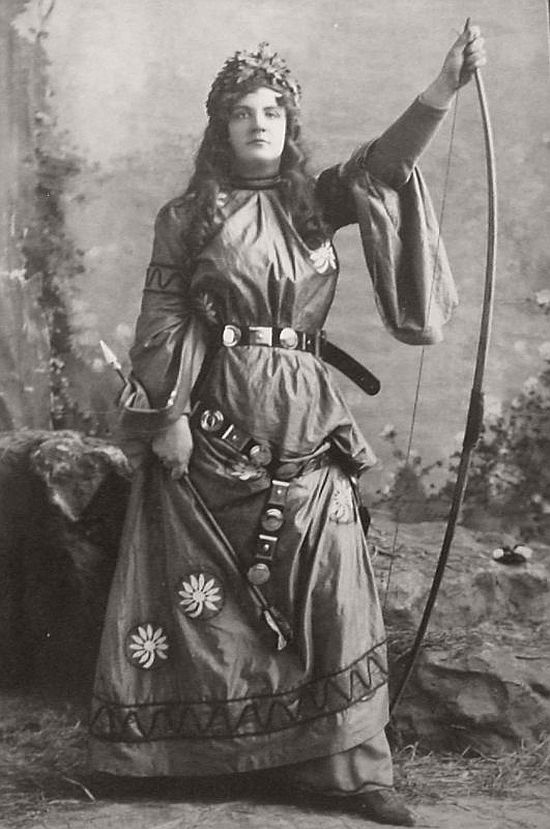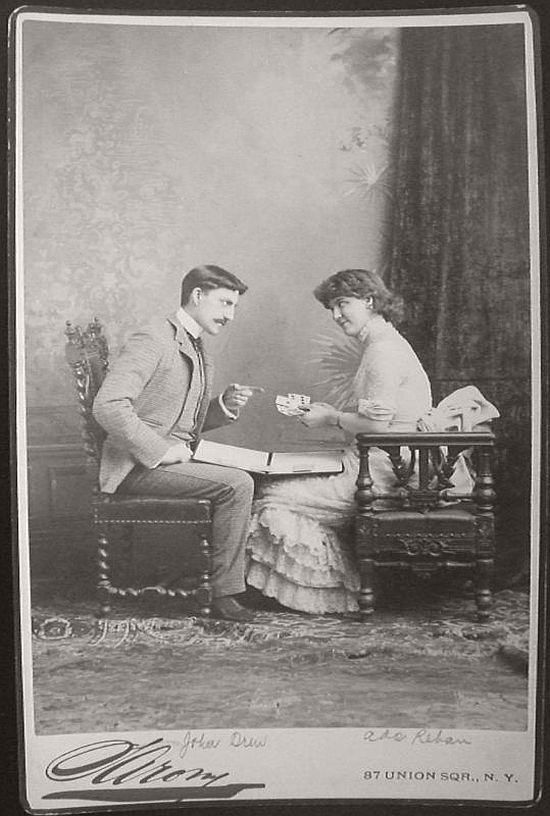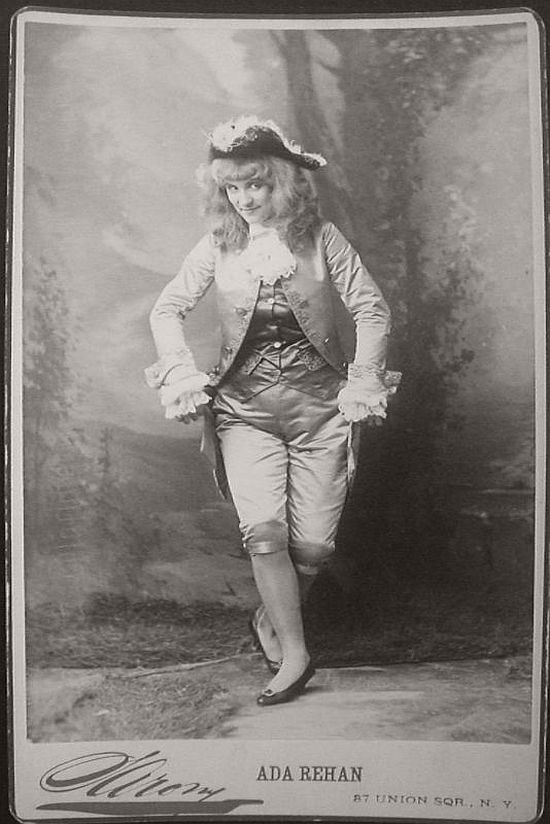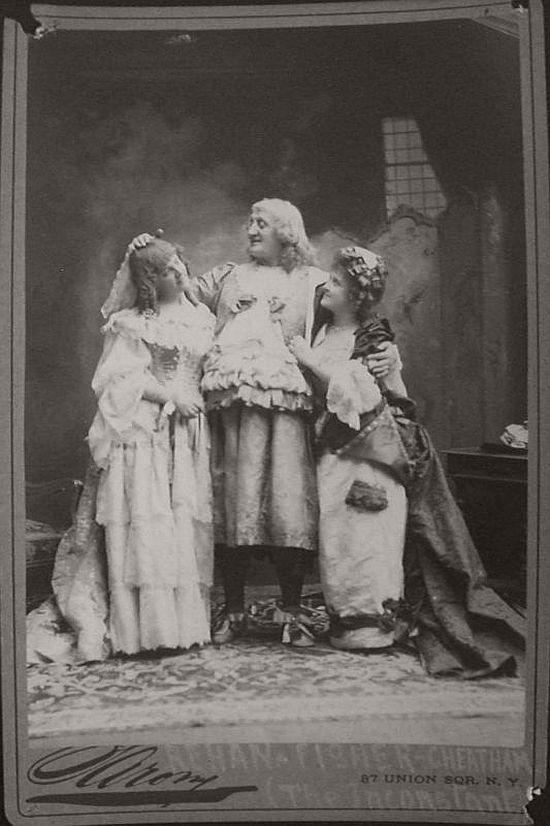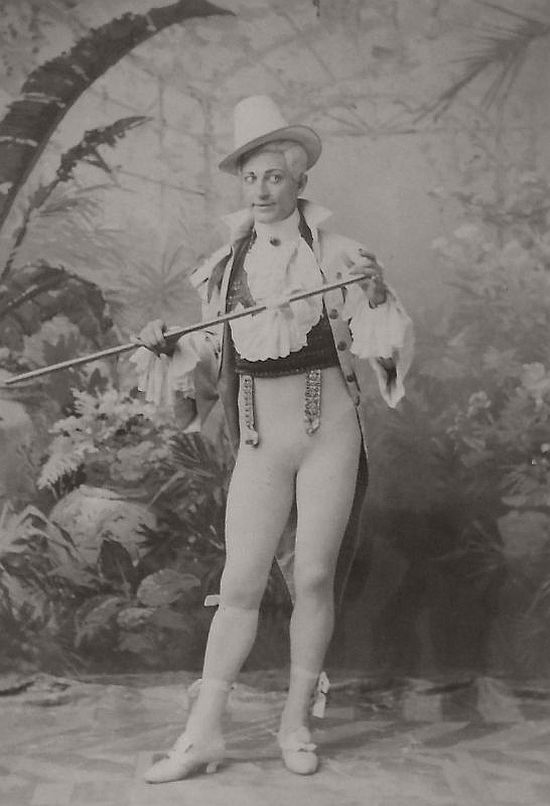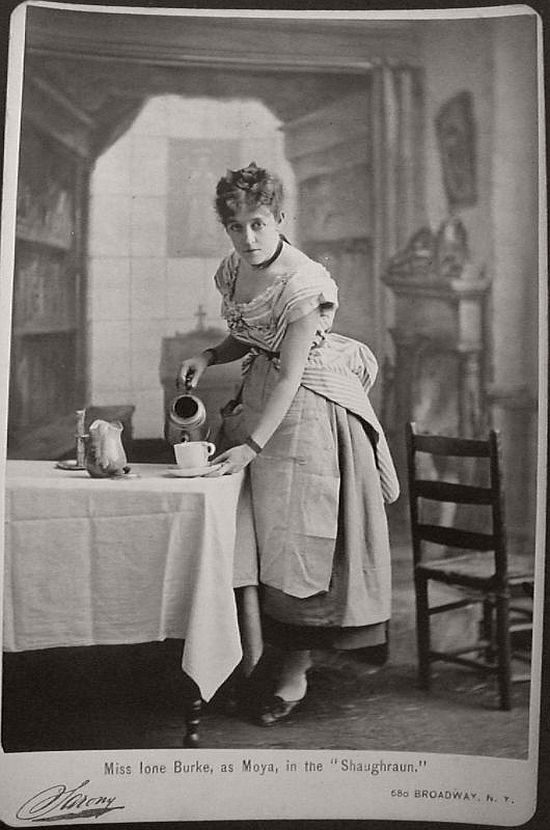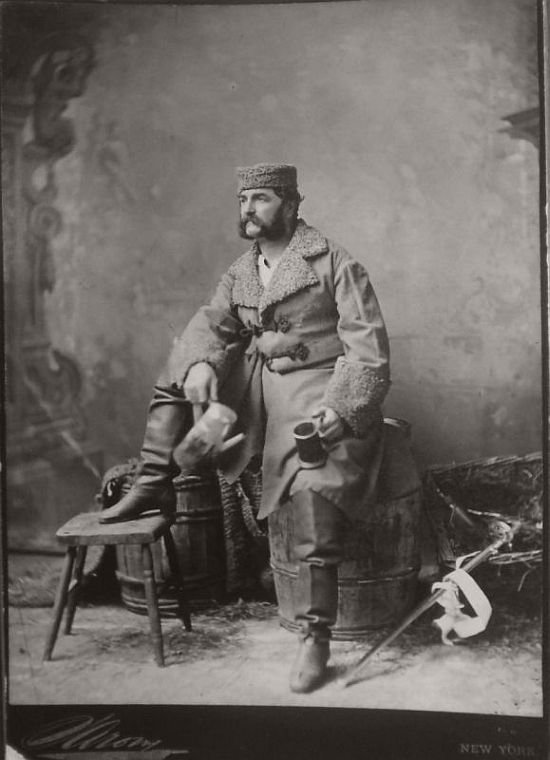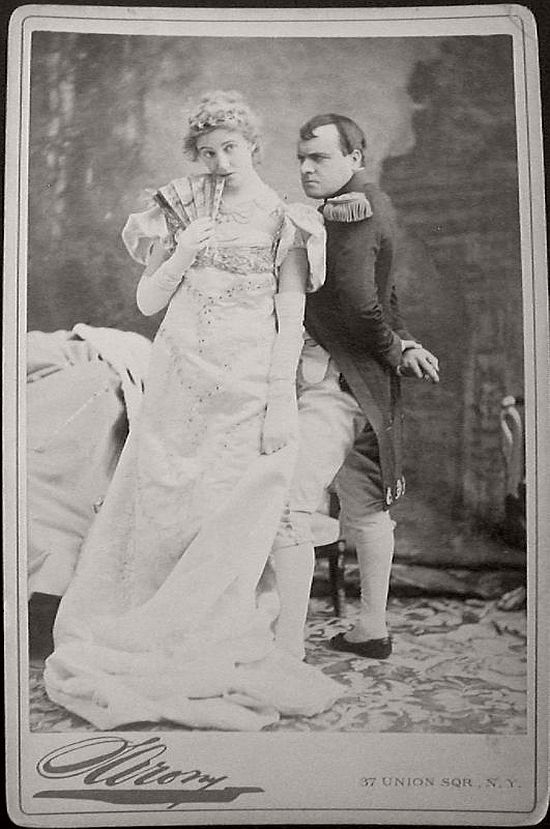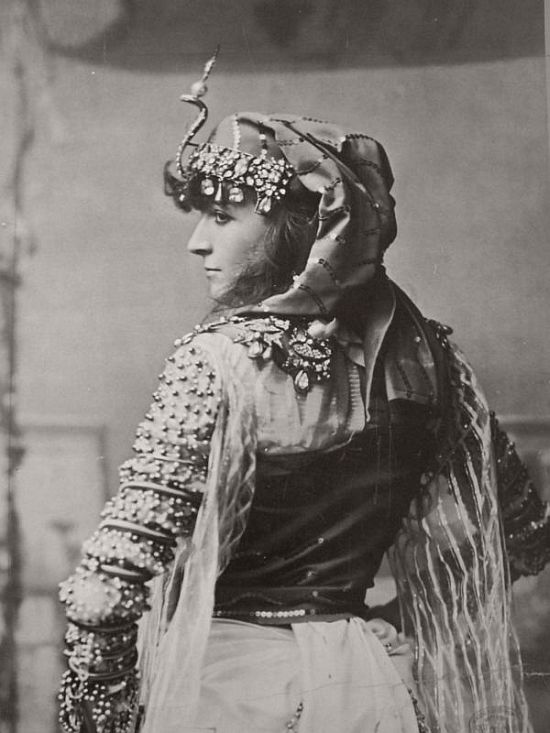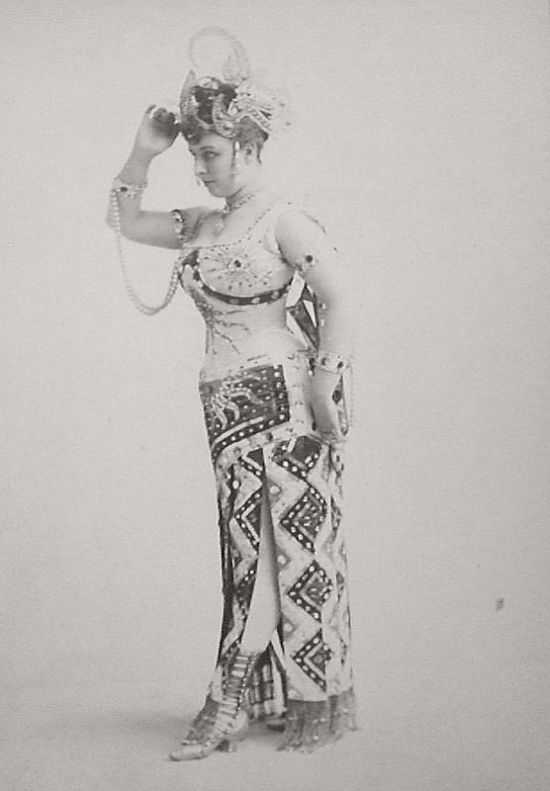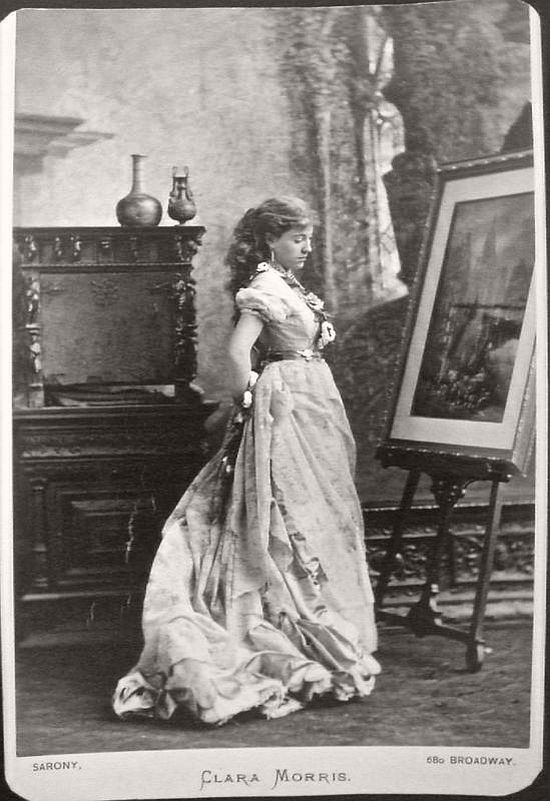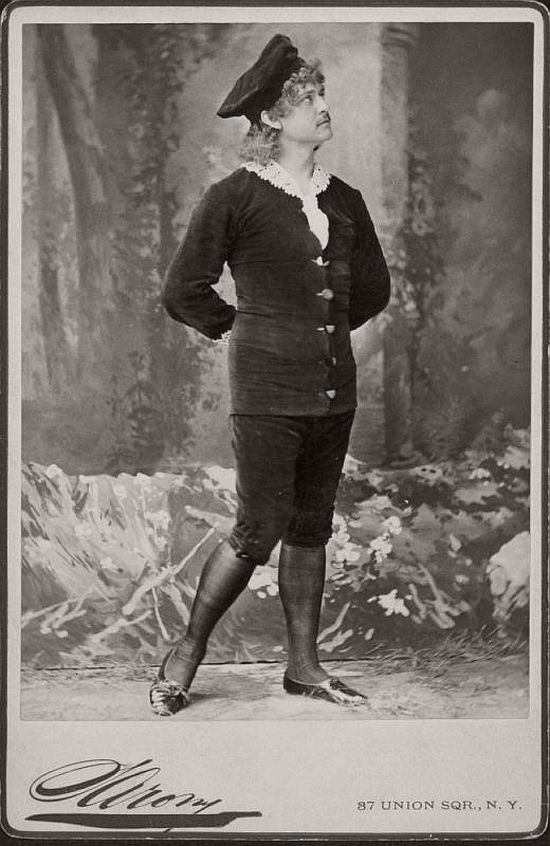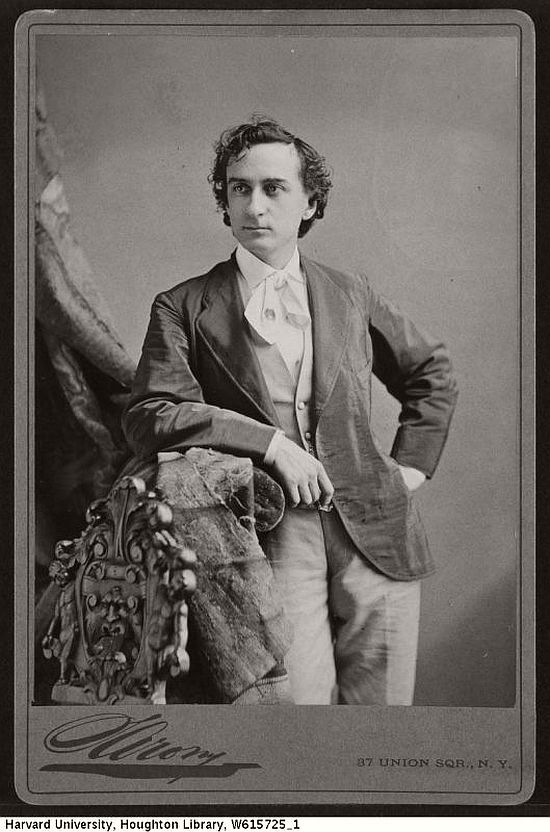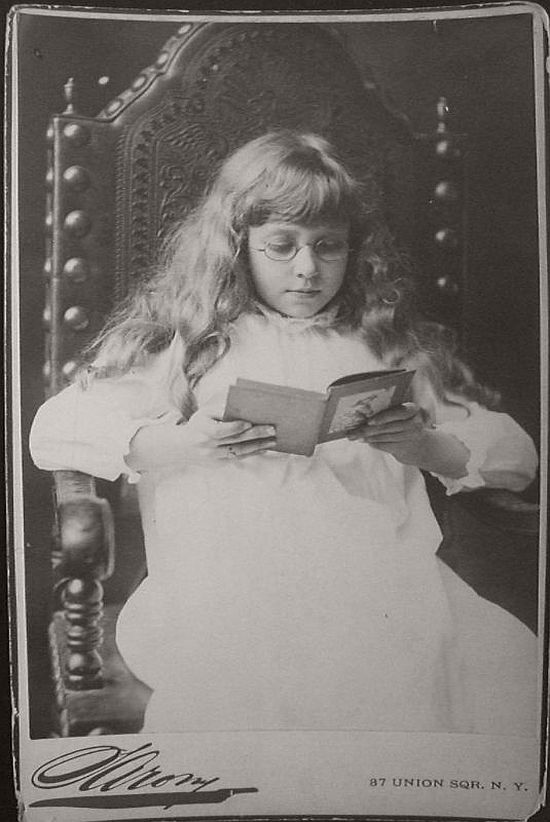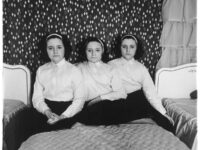Napoleon Sarony (1821 – 1896) was an American lithographer and photographer.
Sarony was one of the first photographers to start paying well known individuals to pose for him and then having the rights to sell their photos for profit. Sarony usually wrote personal letters to the celebrities inviting them to his studio for a photo session. In 1871, Samuel Clemens, also known as “Mark Twain” was Sarony’s perfect potential client. Sarony was the one arranging the camera, extracting the right expressions on the face and the body of his subjects, lighting, drapes and props. He had many assistants on his staff who dealt with mechanics of the camera operation and the chemical processes that had to be done. Sarony was a small man, about five feet tall with bowed legs. He had a mustache and a goatee which help showed his resemblance of Emperor Napoleon III.
He married Ellen Major in 1846 and had a son, Otto. Then, at the peak of his career, Sarony married a second time to Louise Thomas. He became a familiar figure on upper Broadway and was often seen on daily strolls with his wife. Sarony became famous in U.S. copyright history when he became involved in a court case. He successfully upheld a photographer’s right to claim copyright protection on his own photographs. This was in 1883, and the case was known as Sarony vs. Burrow-Giles Lithographic Company. It was argued before the State District Court in New York and was about the unauthorized reprinting of Sarony’s photograph of Oscar Wilde for an advertisment. Sarony won, but Burrow-Giles appealed to the U.S. Supreme Court. However, the Supreme Court did not agree with the arguments of Burrow-Giles and ruled in Sarony’s favor on March 17, 1884. Napoleon Sarony died on November 9, 1896. Newspapers estimated he had photographed 30,000 of the world’s celebrities and about 200,00 members of the general public.

